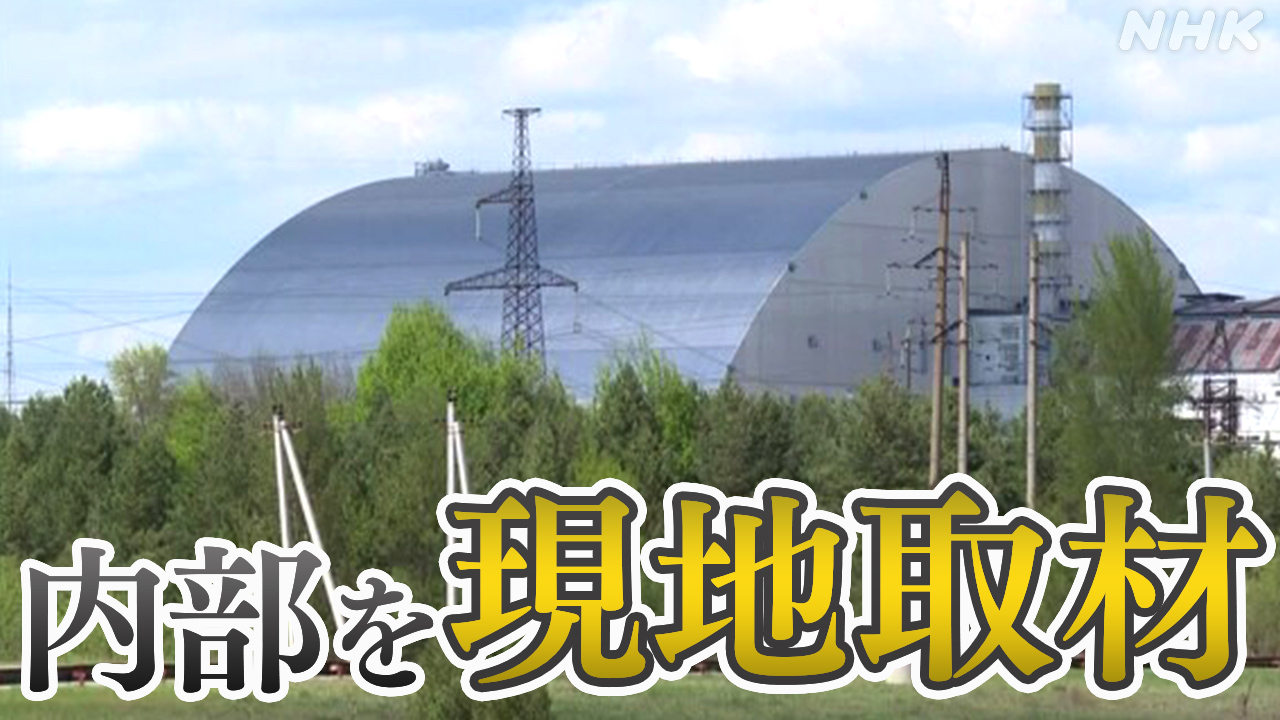Russia's War: Chernobyl Shelter Under Threat – A Looming Nuclear Disaster?
The ongoing conflict in Ukraine casts a long shadow, extending far beyond the immediate battlefield. A particularly alarming development is the precarious situation at the Chernobyl Exclusion Zone, where the deteriorating sarcophagus sheltering the damaged nuclear reactor is under increasing threat. This isn't just a humanitarian crisis; it's a potential global nuclear catastrophe waiting to happen.
The Chernobyl Sarcophagus: A Precarious Shield
The Chernobyl Nuclear Power Plant, site of the 1986 disaster, remains a hazardous location. The sarcophagus, a massive structure built to contain the radioactive debris, has been described as a "temporary solution" for decades. Now, with the Russian military's occupation and subsequent withdrawal, concerns are mounting about its structural integrity and the potential for a catastrophic release of radiation.
Threats to the Sarcophagus:
- Military Activity: The presence of Russian troops and military equipment near the plant put immense pressure on the already fragile infrastructure. Reports suggest damage to power lines and monitoring equipment, hindering crucial safety procedures. The impact of shelling and ground movements cannot be fully assessed.
- Lack of Maintenance: The conflict has disrupted essential maintenance and monitoring operations at the plant. Experts warn that the lack of regular inspections and repairs increases the risk of structural failure.
- Power Outages: Reliable power is vital for cooling the spent nuclear fuel and maintaining the integrity of the containment structure. Disruptions to the power supply jeopardize this crucial safety measure.
- Potential for Sabotage: While unsubstantiated, the possibility of intentional sabotage to destabilize the sarcophagus cannot be entirely dismissed given the geopolitical context.
Beyond the Sarcophagus: Wider Environmental Concerns
The threat extends beyond the sarcophagus itself. The conflict has also disrupted ecological monitoring within the Exclusion Zone. The potential for the spread of radioactive materials through the environment, impacting both wildlife and human populations, is a serious cause for concern. Furthermore, the displacement of personnel has left critical safety protocols vulnerable.
Long-Term Implications:
- Environmental Contamination: The potential for widespread environmental contamination is immense, with long-term effects on the health of humans and ecosystems.
- Humanitarian Crisis: The ongoing crisis in Ukraine already presents a humanitarian catastrophe. A nuclear incident at Chernobyl could further exacerbate the suffering of millions.
- Global Fallout: While a widespread global impact akin to the initial 1986 disaster is less likely, the potential for cross-border radiation contamination cannot be ruled out.
International Response and the Road Ahead
The international community must act decisively to address this escalating crisis. This requires not only immediate emergency aid and support for Ukrainian personnel but also long-term investment in safeguarding the site.
What Needs to Happen:
- Increased International Monitoring: Independent international monitoring of the Chernobyl plant is crucial to assess the true extent of the damage and the potential risks.
- Emergency Funding: Significant financial aid is needed to secure the site, conduct repairs, and restore monitoring capabilities.
- Security Guarantees: A clear commitment to securing the Exclusion Zone from further military activity is paramount.
- Long-term Remediation Plan: A comprehensive plan for long-term monitoring and remediation of the Chernobyl site must be developed and implemented.
The situation at Chernobyl is a ticking time bomb. Ignoring the potential consequences could have catastrophic and long-lasting global repercussions. The world needs to act now to prevent a potential nuclear disaster of immense proportions. For more information on the ongoing crisis, refer to reputable news sources like the IAEA (International Atomic Energy Agency) and reputable international news outlets.
